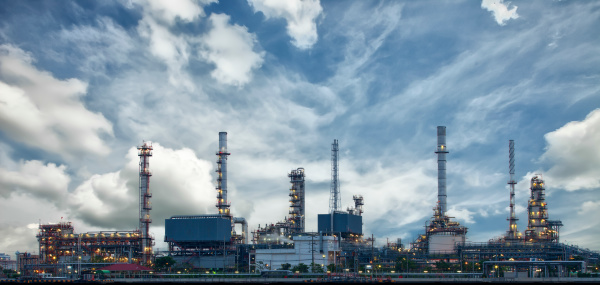Once the envy of the modern world, the nation’s infrastructure system now works overtime just to keep up with the growing needs of the energy grid. While many understand the need for continued investment in roads and bridges, the same cannot be easily said of the nation’s aging energy infrastructure.
This network of pipelines, highways, waterways, rail lines, and electric lines move the energy depended upon to power the economy to millions of destinations and end-users. With all of its benefits, the need to safely move massive amounts of energy also brings challenges.
Updating the nation’s aging energy infrastructure requires a commitment of substantial investment. Only through levering traditional and innovative technologies can the grid meet both safety and efficiency demands. Yet, the current state of the nation’s energy transportation network represents a crumbling system in need of repair.
According to the Quadrennial Energy Review (QER), close to 50 percent of the nation’s distribution and transmission gas lines were constructed in the 1950’s and 60’s using cast iron pipelines. Completely replacing the cast iron piping and bare steel pipes in gas distribution lines would cost $270 billion dollars according to the QER. Imperfect maintenance practices and insufficient technological investments have led to unfortunate incidents across the nation’s energy network, highlighting the need for re-investment and change.
Building a resilient electric grid also requires replacing aging infrastructure and technology with a newer and more innovative network, all of which means increased investment. These investments should focus on a smarter grid that can eliminate waste by taking full advantage of intermittent renewable resources and balancing the output with more traditional energy sources to ensure reliability. Investment should also focus on and address grid security, and the need to reduce the potential harm from natural events such as storms, and intentional acts such as physical and cyber security. A safe and reliable energy network is a necessity for sustainable economic growth.
Continued research and development into clean energy storage and distribution systems will help the nation’s energy grid modernize and adapt to the changing energy environment. Developing commercial storage capacity for intermittent energy production will reduce the amount of energy produced nationwide, without impacting the amount of energy consumed or ability to meet demand.
In addition, organizations transporting energy products via pipeline, rail, road, waterways or otherwise should be held to higher safety standards, which will require better oversight and increased investment in the aging network. Unless the infrastructure is safe, the public trust needed to grow the energy transportation network and move the ever increasing amounts of domestically produced energy, will erode.
State and federal regulators must also ensure robust and competent regulatory oversight of the industries responsible for building and maintaining energy infrastructure. The federal government should continue to fund basic energy research through programs like ARPA-E, but should work to balance private capital – recently pegged at $50 billion annually – in the commercialization of these technologies.
America’s energy renaissance has helped provide lower consumer prices, which in turn benefits the entire economy. Whether heading out for a drive across town or bringing energy supplies to market, national mobility remains dependent upon the efficiency of the country’s infrastructure.






